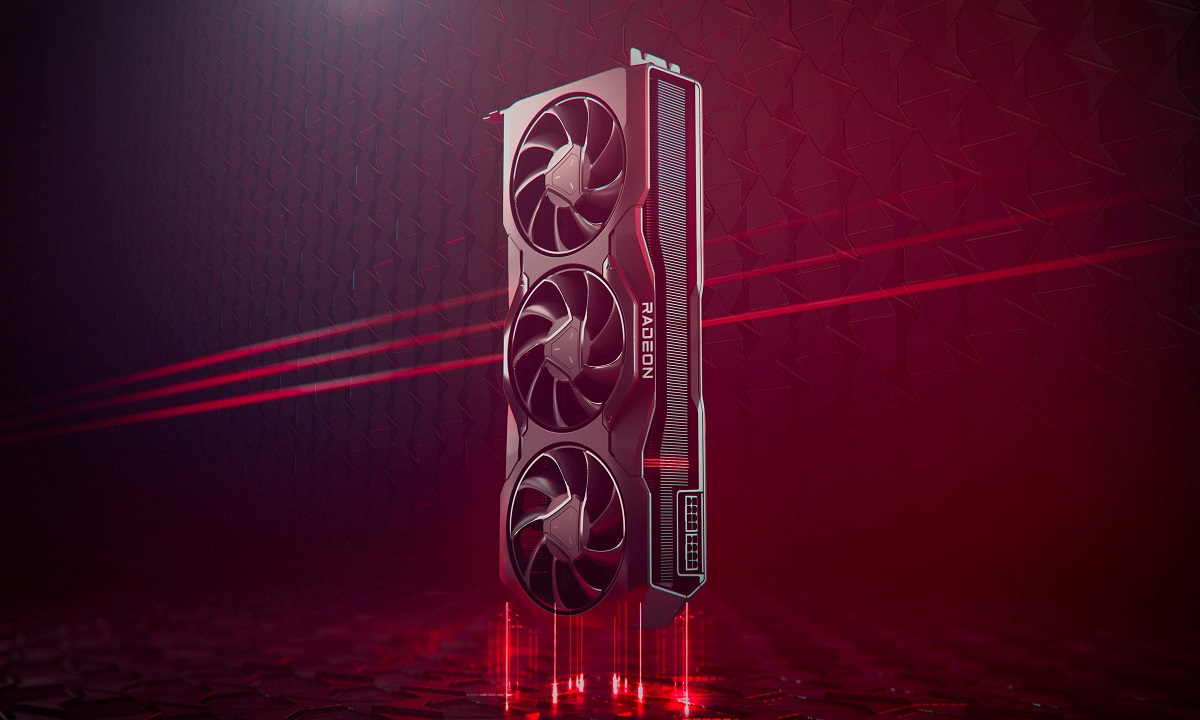RDNA3 architecture introduced An important innovation compared to RDNA2that’s indisputable, and it’s raised a lot of expectations about RDNA4, the next-generation graphics architecture that will be used in the Radeon RX 8000, and which, according to AMD itself, will focus on introducing “relevant innovations to improve gaming performance.” “.
All information about RDNA4 architecture we will provide you below It is official, i.e. it comes from AMD itself, specifically from an interview that David Wang, senior vice president of Radeon Technologies Group, and Rick Bergman, executive vice president of Computing and Graphics Business at AMD, gave to Japanese outlet 4Gamers. You can consult the whole interview through the link I left you, although Google’s automatic translation is not very good and many times it will force you to make an important effort to interpret.
The interview is very extensive, but I have filtered out the most important keys to share with you in a concise and easy to understand way. AMD made it clear RDNA4 will be an architecture that will be focused on gaming performancethat is, in brute force, and that the company has no plans to adopt a specialized AI-based feature set to compete with NVIDIA.
What does this tell us? In principle, AMD will not introduce a solution that is really on DLSS from NVIDIA, and that it will not shape the technology to compete with the generation of frames. In the interview, Wang says that FSR is a technology that does the same thing as DLSS without resorting to AI, but that’s not true. Both are image resizing and reconstruction technologies, but they do not work in the same way and the result they offer is not at the same level. DLSS uses AI and achieves much higher image quality.

RDNA4 will reduce CPU dependency
Wang believes that it is better to use the computing resources available at the level of AI v improve gameplaybetting on things like procedurally generated worlds, improving NPCs and bots present in games, and generally increasing the level of complexity of next-gen games, instead of devoting those resources to quest processing, reconstruction, and image scaling.
This idea is very interestingbut I think Wang you’re forgetting that consoles are the foundation of today’s video game developmentand that they don’t have dedicated AI cores that can accelerate everything the executive raised in his comment. To use AI at the level Wang said, developers would have to make two different versions of the same game, one for consoles and one for PC, and it goes without saying that it wouldn’t be profitable for them. . If many are already complaining about having to adapt an Xbox Series S game, imagine what would happen with this differentiated dual development.
Another important point Wang made is need to reduce GPU dependency on CPU. It is a topic that I have already mentioned to you on many occasions and highlighted that they have already taken measures in this regard with RDNA3, among which we can mention Multi-Drawing Indirect Accelerators (MDIA), which allow the generation of various drawing commands that can be executed directly on the GPU. With RDNA4, we can expect an improvement in this regard, as well as a significant jump in energy efficiency.
AMD hasn’t given details on the launch date of this new architecture, nor has it specified anything about its eventual specifications, but I’m sure they’ll also focus their efforts on improve performance with mesh and ray-traced shadersand that image scaling and reconstruction will continue to play an important role in the RDNA4 architecture.














